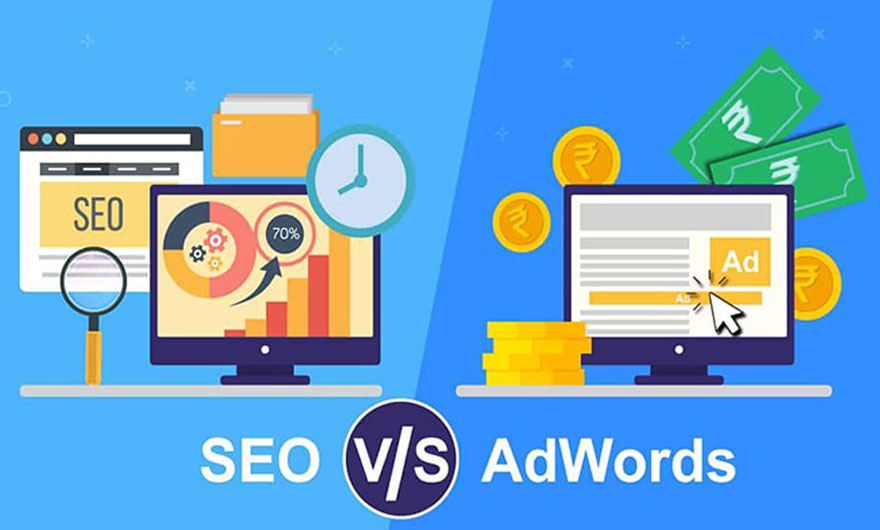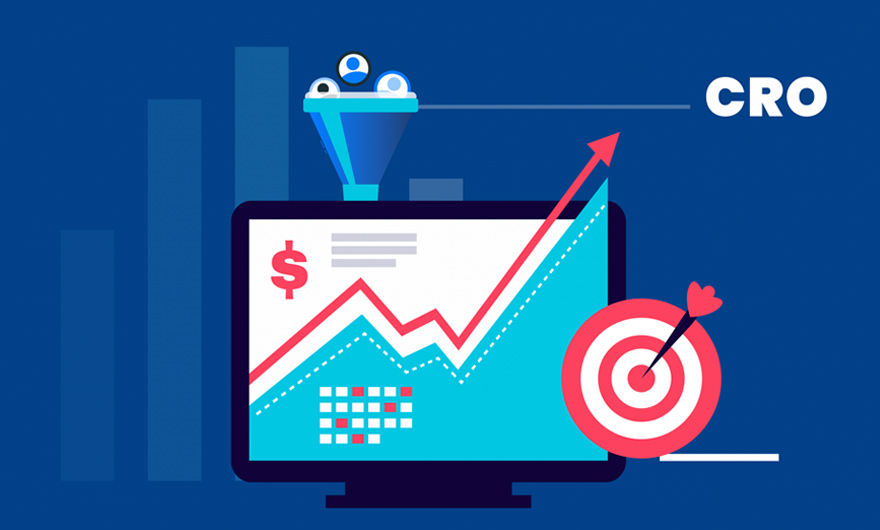Types of guerrilla marketing is the subject of this article, which we will introduce in the following. Guerrilla marketing is an irregular and unconventional way of doing propaganda on a very low budget, first proposed by Jay Conrad Levinson. It’s cheaper and focuses on bringing maximum results. You may be wondering why guerrilla marketing is known as guerrilla marketing!
The word guerrilla
In fact, the word guerrilla, means civilian warrior, and the concept of guerrilla marketing is inspired by guerrilla warfare, which is a kind of irregular warfare involving small tactical strategies used by armed citizens. Taken. Many of these tactics include ambush, sabotage, attacks and elements of surprise! Similarly, guerrilla marketing uses the same tactics in the marketing industry as guerrilla warfare.
Different types of guerrilla marketing
- Ambient marketing
- Grassroots marketing
- Viral marketing
- Presence marketing
- Poster guerrilla marketing (Wild postings)
- Tissue-pack advertising
- Undercover marketing / buzz marketing
- Astroturfing Marketing
- Alternative Marketing
- Experiential advertising marketing
Guerrilla propaganda characteristics
One of the hallmarks of any guerrilla propaganda is that it must be unexpected and creative. In fact, it is this characteristic, or rather the advantage of being unexpected, that leads to emotional reactions such as laughter, shock, and sadness. Guerrilla marketing can be used to the full benefit of a business and to promote a particular brand. Advertising agencies, through creative and unexpected ideas that dramatically link a particular product to people’s daily lives, create reactions such as crying, laughing, surprise, etc. in the audience and use these natural reactions in favor of a particular brand. There is a great variety of guerrilla propaganda, which we will examine in the following.
A common belief about guerrilla propaganda
A very common belief about guerrilla advertising is that this type of advertising is only for small and start-up businesses that have a small budget. But this is a misconception, and many big, well-known businesses have turned to guerrilla marketing and been successful. Coca-Cola is one of these brands. The Coca-Cola brand first used guerrilla propaganda in 2010 by placing a vending machine at a university that, in addition to giving cold drinks, did other interesting tasks such as giving pizza, sandwiches, lots of drinks, drinks with ice glasses, funny glasses and more. This surprised the students and provided them with a happy atmosphere. That is why the name of this campaign or guerrilla propaganda is “Happiness Machine”.
Types of guerrilla marketing

Ambient marketing
Environmental guerrilla marketing is a type of guerrilla propaganda and is very suitable for businesses that are in the stage of brand awareness. Through environmental marketing, a specific brand can be introduced without specifically and directly promoting the product.
Grassroots marketing
As the name implies, this type of guerrilla marketing is completely people-based. In fact, the sense of popularity and interest in a brand should be conveyed through social campaigns. Some social campaigns or social guerrilla marketing have face-to-face or viral marketing features. In fact, successful public marketing is based on building relationships with audiences that focus only on personal communication, not spreading the message and hoping that potential customers will see it.
Viral marketing
One of the most widely used and significant methods of guerrilla marketing is viral marketing. Viral marketing can’t be planned or predicted. A successful viral ad uses existing communication networks without the need for many other resources, and can be said to be almost unstoppable and can be shared between people for a long time. (You tell two of your friends, they both tell a few others, and so the message is passed between people).
Presence marketing
In general, brands that have a constant presence among the audience and are always exposed to their eyes are very unlikely to be forgotten. One of the benefits of in-person guerrilla marketing is keeping the brand name alive or helping a new business enter the market. Examples of environmental marketing include placing products in movies and TV shows, exchanging views at festivals and local markets, regularly updating Twitter, or any other activity that makes the product name appear daily and frequently. Small businesses and entrepreneurs with low marketing budgets believe that the return of profit in face-to-face marketing is very significant.
Poster guerrilla marketing (Wild postings)
This style of guerrilla marketing is old and almost gone. However, a limited number of indie groups and products are still engaged in maintaining their image of being indie. Among the wild postings advertisements, we can mention the installation of different and large posters on the walls to advertise concerts or theaters or very special designs on the city walls.
Tissue-pack advertising
This method of guerrilla marketing is very simple but clever, and was first used by the Japanese with the idea that “Who will say no to something free?” In fact, offering an item to people for free, while your brand is advertised on the cover, will cause your brand name to be seen and repeated at the last minute of use. Napkin marketing was a creative and engaging idea that later spread beyond the borders of Japan and into other countries by transforming into packaging envelopes for other products such as matchboxes, not just paper napkins. It is interesting to know that now all over Japan, tissue paper packages are always available for free for advertising purposes.
Undercover marketing or buzz marketing
One of the most interesting and effective forms of guerrilla marketing is covert marketing, also known as word of mouth marketing. In fact, covert marketing means selling a product or service to a person without the person realizing that they have seen screw-ups for a few moments before being persuaded to buy. Covert marketing is almost identical to content marketing. A good example of this type of guerrilla marketing is the vacuum cleaner ad for the brand, Miele.
Astroturfing Marketing
This type of guerrilla marketing is similar to viral marketing, except that people are not involved in advertising, and a collection of blogs and social networks affiliated with the brand indirectly publish and make it go viral.
Alternative Marketing
Alternative guerrilla marketing occurs when we cause an uproar by creating something unexpected for our business, resulting in more sales or visibility. It should be noted that in this type of guerrilla marketing, if people realize that the organization itself was directly involved in the campaign, the alternative advertising campaign will become a disaster. Examples of alternative guerrilla marketing include the hacking of Paris Hilton’s Sidekick brand and, as a result, its dramatic increase in sales.
Experiential advertising marketing
In this type of marketing, we provide an opportunity for the audience to understand the sense of using the product. It can be said that this type of guerrilla marketing was acceptable in almost all companies. Examples of experimental guerrilla marketing include the IKEA brand, which, by placing its sofas at bus stops, both gave the audience the opportunity to experience their products and caused the ad to go viral.

Types of guerrilla marketing
Guerrilla marketing has four main types, including external, internal, on-site and experimental guerrilla marketing, most of which we will examine below.
OUTDOOR Guerrilla Marketing
It means making changes in the city environment. For example, using different methods of advertising in the city, streets, walls, sidewalks, benches, stairs, lawns, bus stops, or even on beaches.
INDOOR Guerrilla Marketing
It is like outdoor guerrilla marketing, but with the difference that internal marketing, as its name implies, takes place in domestic places such as subways, shops, airports, supermarkets, hotels, universities, offices, buildings, and so on.
EVENT AMBUSH Guerrilla Marketing
This type of marketing includes advertisements that we see these days on the sidelines of stadiums and during sports years during competitions or concerts. You have also seen many examples of this marketing model on the back of players’ shirts. Their shirts promote the brand; A brand that does not officially sponsor the game. Campaigning in this method is usually done without the permission of the sponsor.
EXPERIENTIAL MARKETING
It is a kind of guerrilla retrieval in which the audience interacts with the brand and reacts. People experience it up close, participate in its campaign, in other words, become its executor and bring it to fruition.
The Benefits of Guerrilla Marketing
Up to this point, you have probably been fascinated by the way guerrilla marketing works, and this is the most important advantage of this type of marketing, as it can engrave your brand name in the audience’s mind forever, but here are some more benefits of guerrilla marketing:
Great for low budgets!
The key to guerrilla marketing is to use unconventional advertising methods to engage consumers in new and exciting ways. Many experiences are interactive and can take place in unexpected places; and provide a cost-effective way to build brand awareness. Check out some of these classic examples.
Get viral!
We live in a world shaped by technology; with smartphones, social media and “selfie” culture. This means that people’s daily activities are recorded online. Guerrilla marketing companies can use this process to create compelling campaigns that go viral and quickly garner millions of views. Guerrilla marketing is a type of viral marketing.
Create a partnership!
Guerrilla marketing relies on everyday situations to fully influence. This way, you will often work with local businesses, organizations and charities to produce a campaign; whether it’s a small campaign like a coffee campaign or a big campaign like a university or a hotel. This means that you can participate and target your ideal audience more easily.
Unique and memorable!
A successful guerrilla marketing campaign can evoke strong emotions in consumers for a more memorable experience, using empirical advertising techniques. Some advertisements may even shock or frighten people; temporarily, of course; In order to have a positive effect, guerrilla marketing has 4 main goals, which are:
- Surprise the audience
- Create a memorable and lasting effect
- Creating a lot of noise and commotion among the people
Ultimately, all of these together help an organization to spread its brand name among many people at a low cost, and in addition to choosing an attractive marketing method, it will also save on its marketing costs. In the following, we will examine some of the differences between this type of marketing and its traditional method.
What are the differences between guerrilla and traditional marketing?
The basis of guerrilla marketing based on the science of psychology is human behavior, principles, certainties and assurances. But traditional marketing is based on experience, judgment and speculation. Also, the quality of business in traditional marketing is measured in terms of sales, and in guerrilla marketing, it is measured in terms of profit.
Traditional marketing helps to grow your business, but guerrilla marketing improves business profits. On the other hand, traditional marketing aims to attract new customers; but guerrilla marketing is trying to make more deals with existing customers and get the biggest deals.
In guerrilla marketing, what you need to invest in first is time, energy and creativity; but in traditional marketing, money and budget must be invested first, while traditional marketing is highly competitive and seeks ways to eliminate competitors, but in guerrilla marketing, the principle is to ignore competitors and replace them. Focus more on collaborating with other companies and supporting each other.
Traditional marketing is a tool for big business and large companies and their big budgets. Guerrilla marketing is for small businesses and was originally used in small American companies; but gradually, big businesses also realized the benefits of this type of marketing and used it.
Guerrilla marketing relies on technology and is done through technology; but traditional marketing uses less technology. Because in the past, technology was very complex, expensive and limited, and access to it was less.







Leave feedback about this
You must be logged in to post a comment.